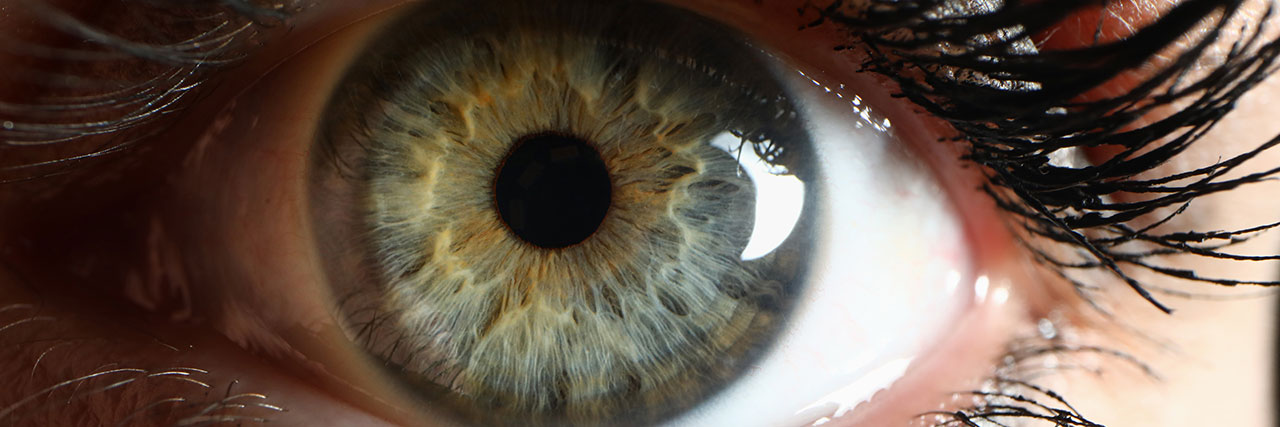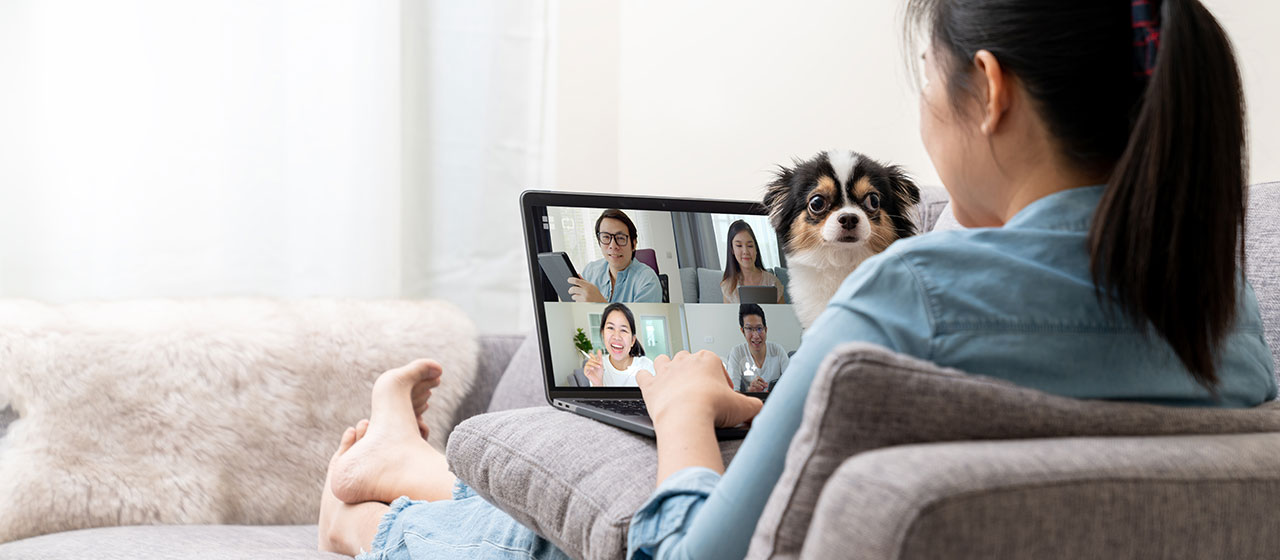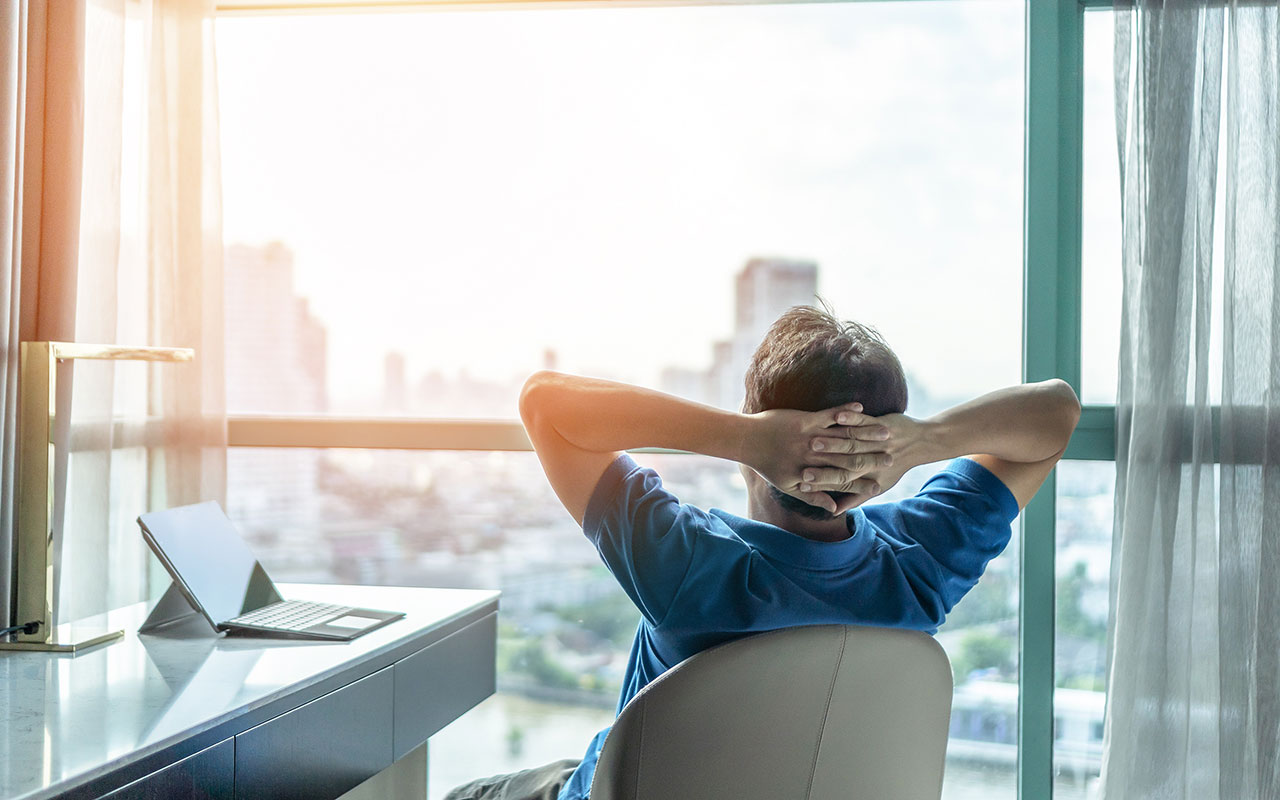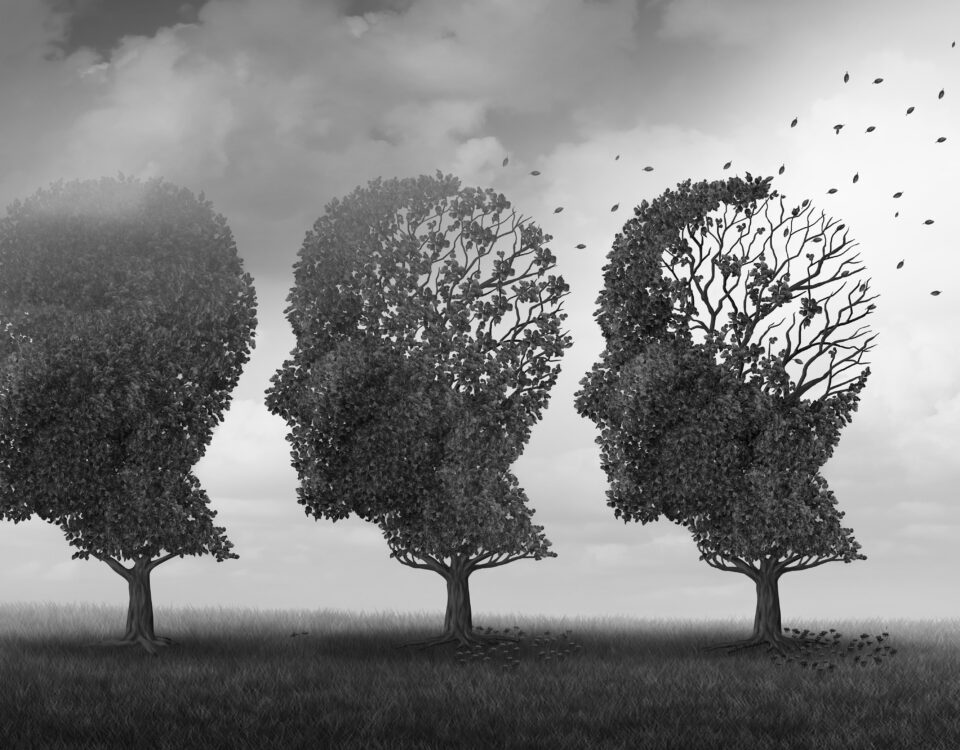
7 Social-Distance-Friendly Places to Visit in Houston
June 30, 2020
Back to School in a Covid-19 World
July 31, 2020by Susannah Wollman
Now that we’re working from home, why are we so tired at the end of the day?
An increasing number of doctor visits are caused by what some are calling zoom fatigue or zoom exhaustion. My most recent visit to the doctor showed that this fatigue and stress caused by communicating largely by technology has exacerbated my fibromyalgia symptoms, which in turn increases depression and anxiety. In fact, people all over the world are suffering the effects of not being able to meet face-to-face, the communication method most suited to humans. The pandemic has also led to other stress-induced problems. Depression, anxiety, worsening of sleep problems and chronic illnesses are for some people the direct result of COVID-19 and the restrictions we have had to bear.1 Fears about contracting the coronavirus or losing our source of income are spreading worldwide. Stopping the disease is important, so we may have to continue following protocols to help stem the tide.
What causes “zoom exhaustion”?

Video calls on Zoom or other platforms are keeping us connected during this time of isolation. But too many conference calls and we start to feel played out by the end of the day. Why is that? There are a number of research projects currently studying the phenomenon, but some results already published may help us understand—and lessen the stress of—how communication needs are being met (or not).
For instance, one study reported in Scientific American2 has shown that video-conferencing increases the length of time eye contact is maintained. That may sound positive to the person whose mother always said “Look people in the eye when you’re talking,” but the fact of the matter is that direct eye-contact is only comfortable for a brief period.

“Eye contact provides some of the strongest information during social interaction,” explains James Wirth, a social psychologist now at Ohio State University at Newark, because it conveys details about emotions and intentions. Psychologist Alan Johnston and his colleagues at University College London conducted research for a study of personalities that revealed an unexpected result. Prolonged eye contact (more than 3.2 seconds) may make a person feel threatened. The study showed that when a person does not maintain eye contact too long, he is more likely perceived as non-threatening and trustworthy.
“Gaze conveys that you are an object of interest, and interest is linked to intention,” Johnston explains—so when a person (or dog) appears threatening but continues to hold your gaze, you may feel that that person has bad intentions.
That may explain why casual, social contact with trusted friends is not as taxing as work-related meetings. When you perceive yourself as warm and friendly, you may enjoy the intimacy of mutual gaze longer.
Gianpiero Petriglieri,3 an associate professor at Insead, who explores sustainable learning and development in the workplace, and Marissa Shuffler,4 an associate professor at Clemson University, who studies workplace wellbeing and teamwork effectiveness have something to say on this issue.
“Being on a video call requires more focus than a face-to-face chat,” says Petriglieri. “Our minds are together when our bodies feel we’re not. That dissonance, which causes people to have conflicting feelings, is exhausting. You cannot relax into the conversation naturally,” he says. We have to work much harder to interpret clues we normally decipher automatically, like body language or facial clues.
One German study5 says that even a small delay from technology makes us anxious. We are more likely to derive perceptions of inattention or that our “audience” is less conscientious than they actually are. When they delay is from our end, they may feel less than appreciative and receptive to what we are saying.
You have probably felt the discomfort when you are in a room with a portrait whose eyes seem to follow you everywhere you go. Some describe the feeling as “creepy” or “weird.” The only time I have ever been bitten by a dog was when I tried to maintain contact with a German Shepherd when I was a child. (He didn’t understand that I was commiserating with him for being chained up!)

According to Shuffler, “When you’re on a video conference, you know everybody’s looking at you; you are on stage, so there comes the social pressure and feeling like you need to perform. Being performative is nerve-wracking and more stressful.” Few people are comfortable with being watched constantly.
In addition, we are aware of our own faces on video conference calls. We usually are intensely cognizant of our behavior in front of other people. We can’t tell for sure if someone is looking directly at us or simply at the camera, so we feel constant pressure to be at our best, every moment we are online.
Self-complexity theory6

According to this theory, individuals have multiple aspects – context-dependent social roles, relationships, activities and goals – and we find the variety healthy, says Petriglieri. So when all our interactions occur in one location, the business cannot be separated from the social or familial setting. This leaves us open to more negative feelings, which are in themselves exhausting.
“Most of our social roles happen in different places, but now the context has collapsed,” says Petriglieri. “Imagine if you go to a bar, and in the same bar you talk with your professors, meet your parents or date someone, isn’t it weird? That’s what we’re doing now… We are confined in our own space, in the context of a very anxiety-provoking crisis, and our only space for interaction is a computer window.”
So how do we cope with this new problem?
Here are a few strategies recommended by researchers.

- Stop trying to multitask. Anthony Wagner, a professor of psychology at Stanford University and director of the Stanford Memory Laboratory posits that we really don’t “multi-task.” In fact, he says, we “switch-task.” Our brains only allow us to do one thing at a time, so when we are trying to do many things at once, we have to continuously start and stop. This makes up about 40% less productive.7 Even having multiple tabs open on your computer can be distracting.
- Build in breaks. If possible, turn off your camera for a few minutes. Look away for a couple of seconds. If you’re on “Brady-family-style,” look at the image of the one talking on your screen instead of the camera. This also gives other participants a break from what seems like constant scrutiny. Schedule back-to-back meetings for 25 or 50 minutes instead of the usual half-hour or hour. This gives you a few minutes to get up and stretch your legs between them.
- Minimize distractions on-screen. We know that our own faces can be distracting, but so can backgrounds. We all know that we can be only one place at one time, but in a virtual world, we are in many rooms at the same time. Since each participant is in a different location, we are “inside” several spaces at once. Our brains have a difficult time processing all the visual clues simultaneously. Suggest that people use a common background (perhaps a poster of a peaceful beach scene) or agree that if you are not talking, you have your video off.
- Limit social obligations or make them opt-in. After you’ve spent all day online, the last thing you may want to do is attend an obligatory social call. If you’re hosting the call, make it opt-in so that people do not feel obligated to join in.
- Switch to emails of phone calls whenever possible. People tend to make phone calls shorter and less intense. Emails can be read when it’s convenient for you to do so. When you’re talking on the phone, get up and walk around. Reread your emails aloud before you hit send and see if it says what you mean. Don’t automatically switch to a face-call, especially if the person you are speaking to is unfamiliar. Save those calls for friends and family.

FOOTNOTES
[/et_pb_text][et_pb_text _builder_version=”4.4.7″ text_font_size=”12px” text_line_height=”1.6em” ul_line_height=”1.5em” custom_margin=”||||false|false” custom_padding=”||1px|||”]
- [1] Mental Health and Coping During COVID-19. (2020, July 01).
- [2] Eye Contact: How Long Is Too Long? Moyer, M. (2016, January 01).
- [3] Initiative for Learning Innovation and Teaching Excellence. (2019, November 05).
- [4] Faculty and Staff Profile. (n.d.).
- [5] Misattribution of transmission delay to attributes of the conversation partner at the far-end. Schoenenberg, K., Raake, A., & Koeppe, J. (2014, March 07). Why are you so slow?
- [6] APA PsycNet. (n.d.). Retrieved July 09, 2020
- [7] Heavy multitaskers have reduced memory. University, S. (2018, October 25).




